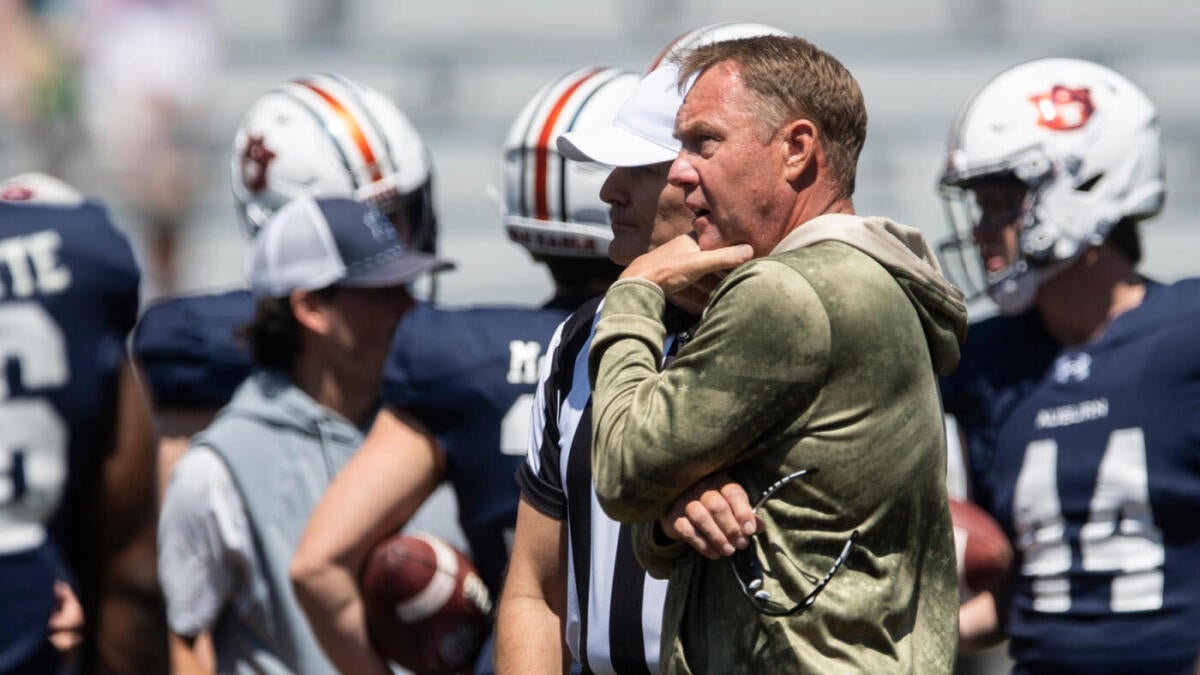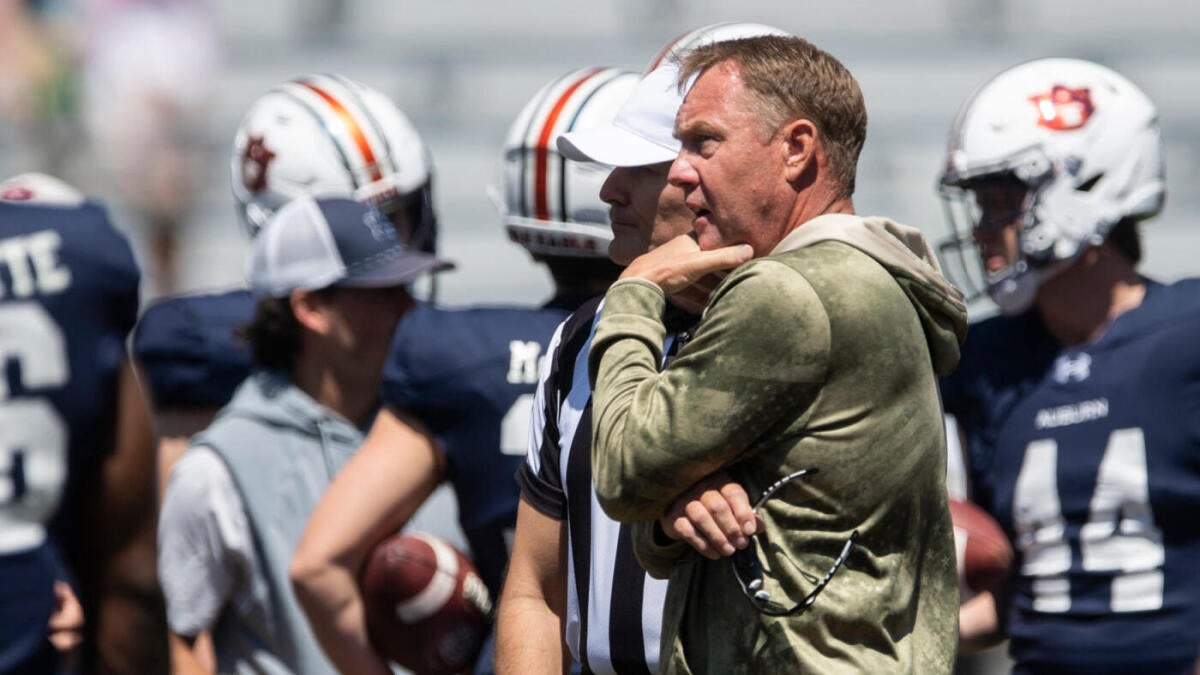The Razor’s Edge: Analyzing the College Football Coaching Hot Seat in 2025
The Boiling Point: Factors Igniting the Hot Seat
The college football coaching landscape is a high-stakes environment where success and failure are measured in wins, losses, and the ability to attract top talent. The pressure to perform is relentless, and for some coaches, the heat becomes unbearable, placing them on the dreaded “hot seat.” In 2025, several coaches find themselves in this precarious position, their careers hanging in the balance. The factors contributing to this situation are multifaceted and often intertwine, creating a perfect storm that can quickly engulf a coach’s tenure.
Performance Metrics: The Ultimate Judge
The most obvious determinant of a coach’s hot seat status is on-field performance. Consistent losing seasons, especially against rivals or in crucial conference games, are major red flags. A team’s record is often the primary metric used to evaluate a coach’s success, but it’s not the only one. The perceived quality of those wins and losses also plays a significant role. Blowout losses to inferior opponents or consistent failures in close games can be just as damaging as a poor overall record. Coaches must not only win but also win convincingly and against the right opponents to maintain their jobs.
Recruiting Prowess: The Lifeblood of Success
A coach’s ability to attract top-tier talent is crucial for sustained success. Poor recruiting classes or failure to retain key players through the transfer portal can cripple a program’s long-term prospects. In the era of name, image, and likeness (NIL) deals, this aspect has become even more complex. Coaches must navigate the financial landscape of player compensation to secure commitments. Deion Sanders emphasizes the impact of financial resources in recruiting, highlighting that teams who pay the most will get top talent. A coach’s recruiting success is often a precursor to on-field success, making it a critical factor in determining their hot seat status.
Program Development: Building a Culture of Success
Beyond wins and losses, athletic directors and university leadership assess a coach’s ability to develop players, implement a clear and effective strategy, and foster a positive team culture. Stagnant or declining player development, schematic failures, or a toxic locker room environment can all contribute to a coach’s downfall. Even if a team has a slightly better than average record, failure to improve could lead to a coach losing their job. Building a successful program requires more than just winning games; it requires creating a culture of excellence that attracts and retains top talent.
Financial Considerations: The Business of College Football
The financial aspects of college football cannot be ignored. Massive coaching salaries and hefty buyouts create a complex calculus for university administrators. While a losing coach might be desirable to replace, the financial burden of firing them can be a significant obstacle. Conversely, the potential revenue boost from a successful program can incentivize a university to make a change, even if it involves a substantial financial investment. The Exploring Access-Based Models in College Football Playoffs TikTok highlights that poor TV ratings of bad games hurt revenue, adding another layer of financial pressure on coaches to perform.
Conference and National Landscape: The Ever-Shifting Sands
The ever-shifting landscape of college football, with conference realignments and evolving power dynamics, adds another layer of pressure. Coaches in traditionally strong conferences like the SEC or Big Ten face heightened expectations and increased competition. The pressure to keep pace with the top programs in the nation can be immense, even for coaches who might be considered successful in other contexts. The constant need to adapt to new conference alignments and competitive landscapes adds to the already high-pressure environment of college football coaching.
The Hot Seat Inhabitants: Coaches Under Scrutiny in 2025
Several coaches across the college football landscape find themselves under intense pressure heading into the 2025 season. While their situations vary, they all share the common challenge of needing to demonstrate significant improvement to secure their long-term futures.
Brent Venables (Oklahoma)
Venables, once considered a defensive mastermind, has faced a tumultuous tenure at Oklahoma. After a shaky start, questions linger about his ability to navigate the competitive landscape of the SEC. Significant changes have been made around him in hopes of salvaging his tenure. The pressure is on for him to prove his defensive prowess and lead the Sooners back to national prominence.
Hugh Freeze (Auburn)
Freeze’s arrival at Auburn was met with considerable excitement, but the results have yet to match the hype. Concerns about recruiting and on-field performance have quickly placed him on the hot seat. He needs to deliver tangible progress in the SEC to justify the investment in his leadership and prove that he can compete with the conference’s elite programs.
Kalen DeBoer (Alabama)
DeBoer steps into the enormous shadow of Nick Saban, a figure who defined college football for a generation. While his track record suggests he is a capable coach, the expectations at Alabama are astronomical. A slow start or any perceived decline from the Saban era could quickly put him under immense pressure. The Crimson Tide faithful will be watching closely to see if DeBoer can maintain the program’s winning tradition.
Sam Pittman (Arkansas)
After a promising start, Pittman’s tenure at Arkansas has taken a downturn. The Razorbacks have struggled to compete in the SEC, and the program’s trajectory appears to be headed in the wrong direction. He needs a turnaround season to convince Arkansas that he is the right man to lead the program forward and restore the Razorbacks to their former glory.
Mike Gundy (Oklahoma State)
While Gundy has enjoyed a long and successful run at Oklahoma State, the program has plateaued in recent years. In the Big 12, Gundy may be on the hot seat due to the conference being so competitive. He finds himself in a unique position as a Big 12 big-name coach on the hot seat. The pressure is on for him to return the Cowboys to their winning ways and prove that he can still compete with the conference’s top teams.
These are just a few examples, and the list is likely to evolve as the 2025 season unfolds. Other coaches in various conferences face similar pressures, and their fates will depend on their ability to navigate the challenges and deliver results.
Beyond the Individual: Broader Implications
The college football coaching carousel has broader implications for the sport as a whole. The constant pressure to win can lead to short-sighted decisions, such as prioritizing immediate results over long-term program building. The financial incentives at play can also create a system where coaches are incentivized to jump from job to job, seeking the highest bidder rather than investing in a program for the long haul.
Moreover, the focus on individual coaches can overshadow the importance of assistant coaches and support staff. Often, the success or failure of a program is a collective effort, and the scapegoating of a head coach can be a simplistic and unfair assessment of a complex situation. The high-stakes nature of the profession can also take a toll on coaches’ personal lives, leading to burnout and other challenges.
Conclusion: The Unpredictable Game
The college football coaching hot seat is a volatile and unpredictable landscape. The pressures are immense, the stakes are high, and the margin for error is razor-thin. While some coaches will rise to the occasion and secure their futures, others will inevitably fall victim to the relentless demands of the profession. As the 2025 season unfolds, the coaching carousel will continue to spin, shaping the future of college football one decision at a time. The outcome of these high-stakes battles will not only determine the fate of individual coaches but also the trajectory of their respective programs and the broader landscape of the sport. The razor’s edge is sharp, and only the most resilient and adaptable coaches will survive the cut.












